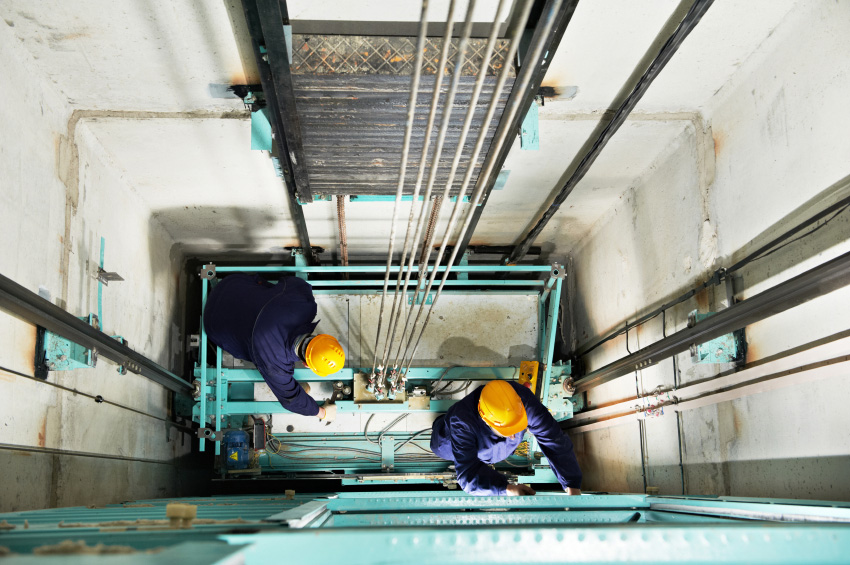If you own a building with an elevator, you know they can break down or require repairs every now and then. Many incidences of equipment failure can be prevented in the first place with regular maintenance and inspection, which can boost productivity by avoiding downtime and decreasing energy consumption.

We’ve compiled a list of the most common elevator problems as well as helpful tips to help prevent and repair them.
Worn Sheaves
Worn sheaves put more stress on ropes, which places more wear and tear on the sheaves. It’s a vicious cycle for both components. Your local elevator repair technician can regroove or replace the sheaves to prevent hoist rope failure.
Power Failure
Elevators suck up a lot of power from your utility system, so if you update the system’s voltage at any time, motor operations and the elevator system itself could be damaged. If your elevator has been known to have many motor failures or operation issues in the past, conduct a power quality survey.
Something called infrared thermography can measure significant temperature changes and determine trouble spots before failure occurs. For example, infrared imaging can detect fuses that are running hot before costly damage can occur.
Contamination
With wear and tear, small metal particles release into the oil that get in the way of proper functioning of your elevator. Also, worn seals or insufficient lubrication can result in contamination. An oil analysis may be needed to identify areas of contamination or wear inside of your motors. If a lot of bronze in the gear case oil is detected, this can be a sign of premature wear on the crown gear or pump housing wear.
Bearing Malfunction
Bearing malfunction is a common cause of motor failure. You’ll know you have a bearing malfunction if you hear a lot of noise due to vibrations in the motor. You could use variable frequency drives to reduce energy use, but as a result, common mode current can occur, which is a byproduct that boosts the incidence of vibrations to damaging levels.
Your elevator tech may use an inductive absorber to protect your system by absorbing currents. He or she will also make sure all grounds are secured and connected so they don’t trip the system.
Misaligned Motor Drive
It’s important that the shaft be in alignment when an electric motor is attached to another equipment piece. Otherwise, the motor bearings will start to wear. Laser measuring equipment can detect this misalignment. Or you could install geared machines with flange-mounted motors that don’t have to be aligned when disassembled.
Contact Mowrey Elevator
If you are experiencing any of these common elevator issues, give us a call at 800-441-4449 or send a repair request online.
